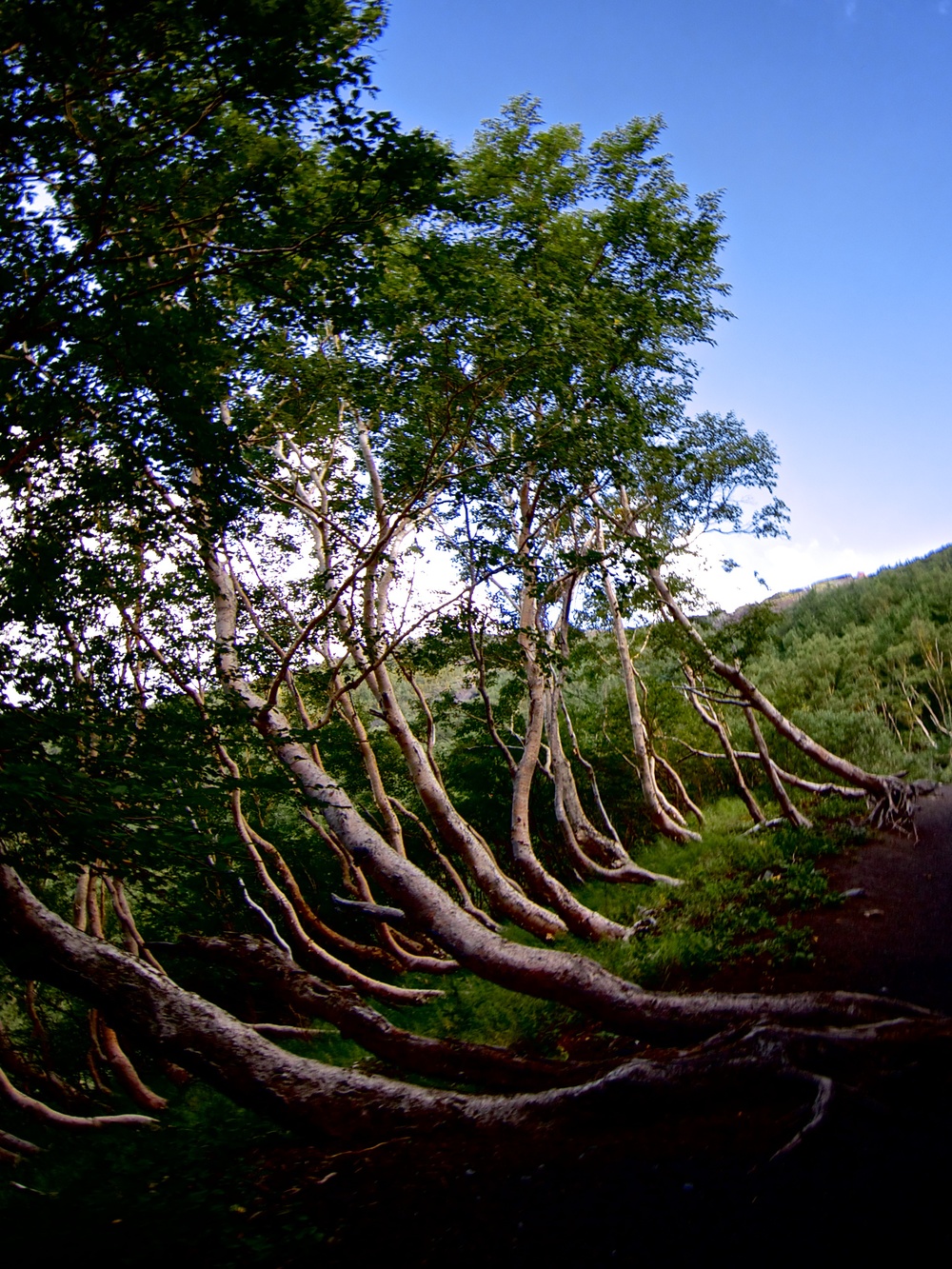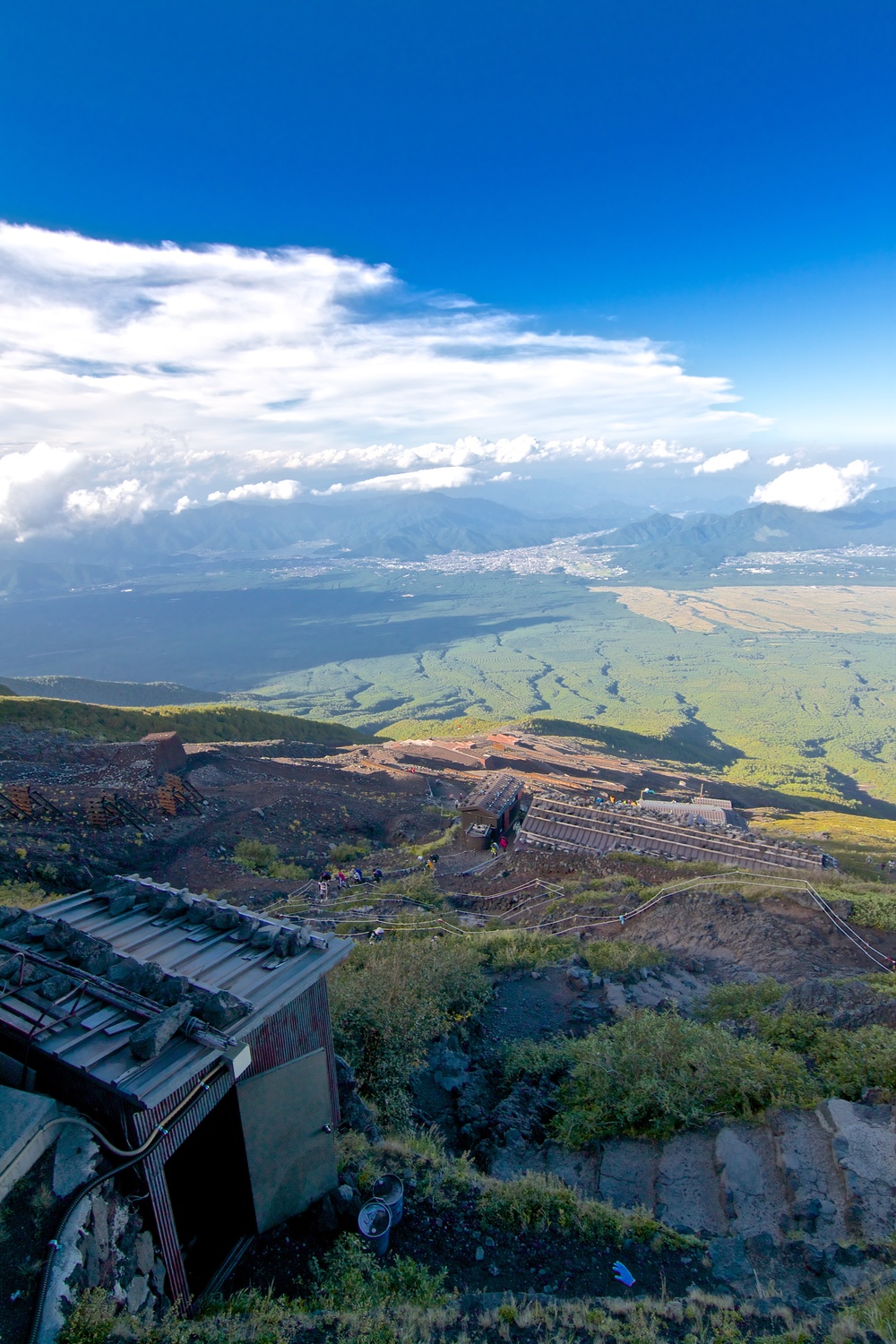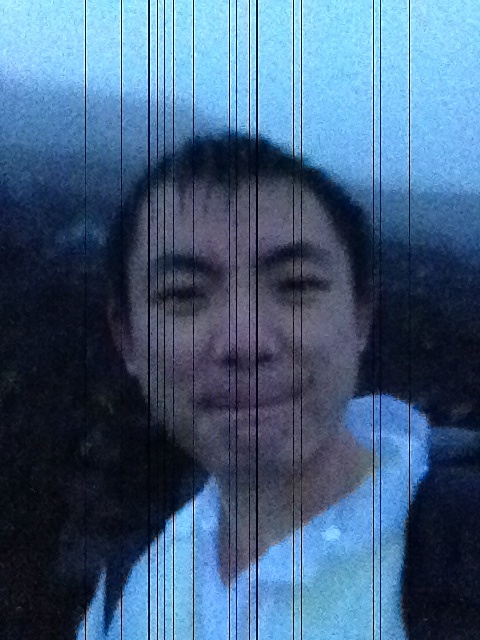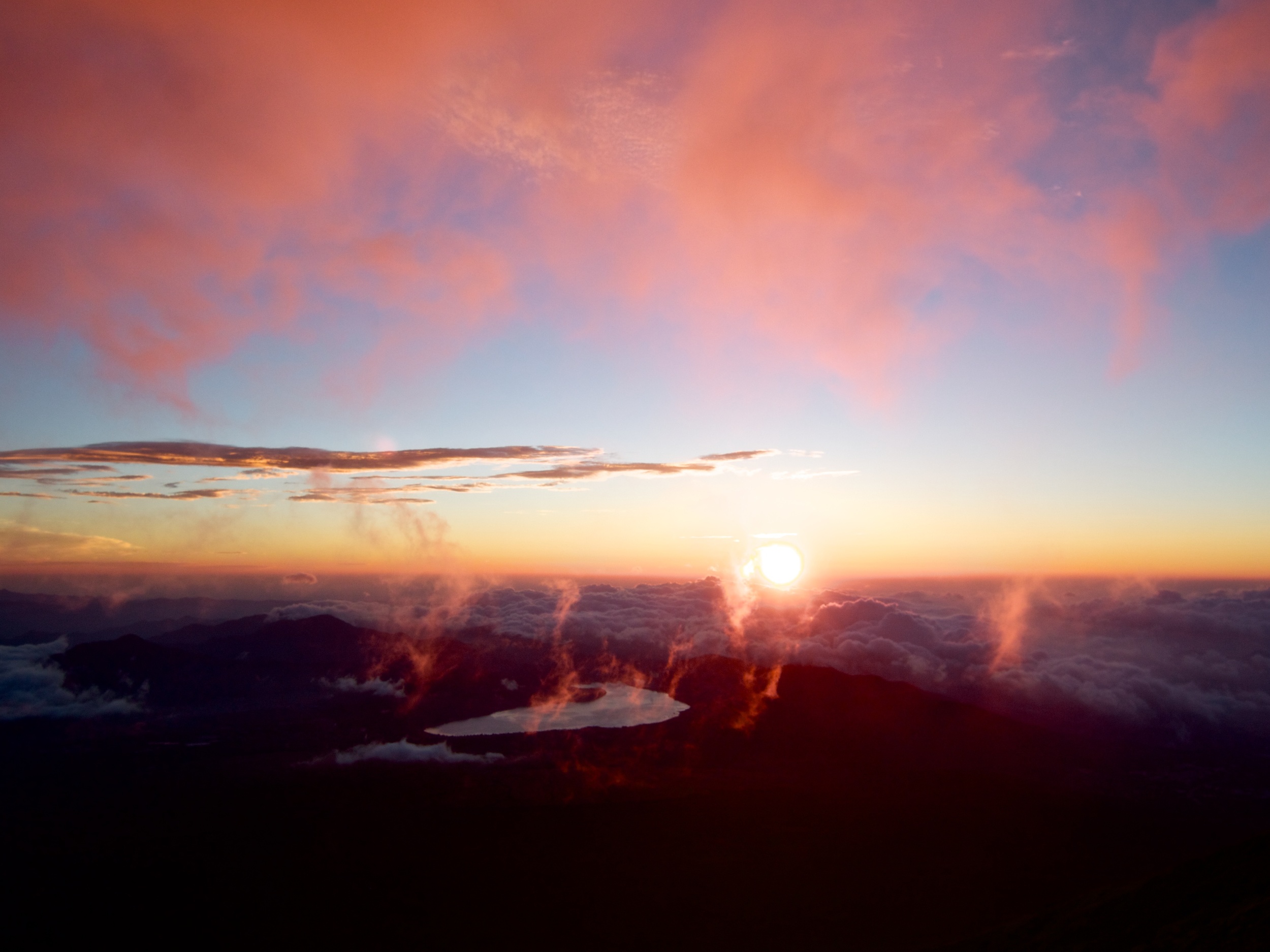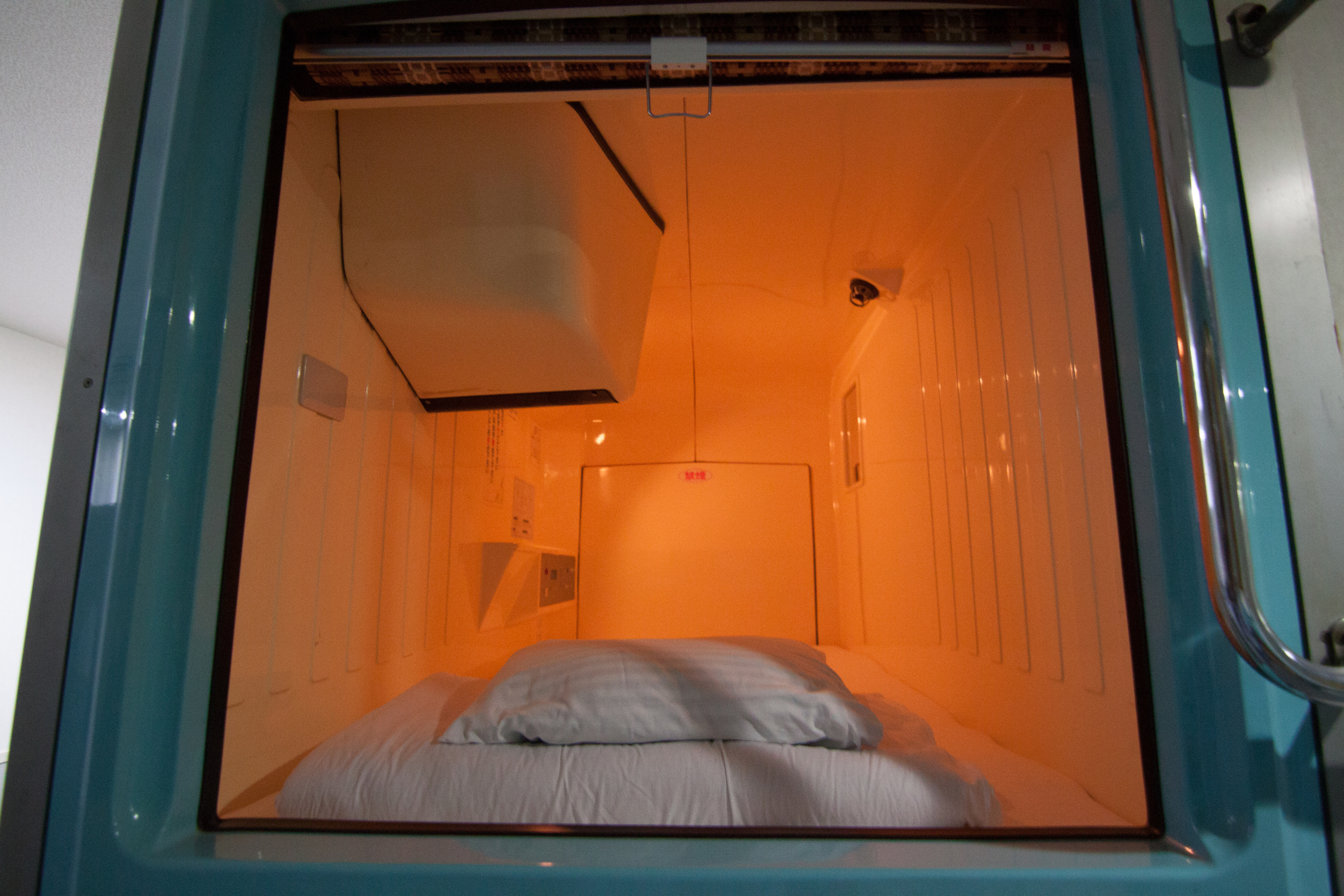the barber of nagoya
This summer, I worked for a very creative and forward-thinking firm, Kotaro Horiuchi Architecture. More importantly, I lived in a small suburb near the Shigahondori station in Nagoya. This has been my first time living in Japan for an extended period, and I truly appreciated having the opportunity to explore by myself.
About a month after I settled in, I had already run into cooking problems, gotten lost on multiple occasions, rearranged my room several times, pulled an all-nighter at work, and learned what it was like to eat a bad raw oyster. During the height of the summer heat in Nagoya, I decided it was time to have my hair cut and, on my way getting lost to home, passed by a wildly adorable hair salon. It was a creamy warm orange throughout with white clouds tiled on a blue ceiling.
After having worked for a month in a completely devoid white room by myself, this shop was so bright and colorful I must went into shock and stared at the storefront for too long. A burly man talking to his friend outside stopped his conversation and asked if I was alright. I asked if the shop was open and, upon hearing it was, walked in. As I learned later, Ballerina Salon is famous in Nagoya for its sustainable and safe practices.
Imagine the kind of people who would make a pumpkin-colored hair salon named after the only type of orchid that has a fragrance. The owners of Ballerina Salon were every bit as personable and kind as they were fashionable and knowledgeable. The husband, Ito-san, had studied hair design in New York and Chile under some of the world's forefront specialists, and recounted how he had missed home when apprenticing abroad. The wife had also studied with one of the most famous hair stylists in Japan. After my haircut, they took me to eat at a Chinese restaurant across the street, the first of many meals and adventures we had together.
Ito-san was an avid driver in his early years. He attributes his newfound kind and peaceful demeanor to his wife, a bubbly and spirituous woman who, with his husband, works long shifts. Apparently, Ito-san still occasionally goes speeding with his crew in a Lotus parked behind his studio. Ito is also a nature and BMW enthusiast. On two occasions, Ito and I drove various latest-model fuel-efficient BMWs into the mountains. I remember the first time Ito invited me on a "trip to the woods." I told my parents and they were so certain I would be kidnapped and sold. It occurs to me now that I forgot to tell them when I decided to go on the trip, which would explain how surprised they were to hear that I was hiking in the Japanese Alps with two strangers.
(Picture break. Continued below.)
As I learned from our various trips, dinners, and talks, Ito believed in the world. Take, for example, the process of hair perming, where chemicals are essentially baked into your hair to keep it in a certain shape. Ito believes that there is a way for perms to be non-damaging and yet beautiful. His salon is full of innovative, natural products like baking soda shampoo for your babies and dogs, ionizing toothbrushes, and the like. When discussing politics or the environment, Ito always believed that we shouldn't settle for the lesser of evils - that a "good" solution was always possible.
The Ito family's positivity helped me through an otherwise potentially dark summer. Without going into details, the firm I worked for had been doing some shady business and borderline abused their interns. To put this in perspective, as one of my professors had warned me, many foreign architecture firms overwork interns and treat them poorly. That being said, the previous interns had elicited a formal investigation from the government, and as soon as news of my employment was posted on the Facebook page, the interns contacted me to warn me against working there. During my time there, five interns came and left. Only one intern, Mohamad from war-torn Syria, stayed because he could not risk flying back and could not afford to switch residences. When Ito found out about our situation, he was determined to help. He offered to find Mohamad an interim job in the fashion business, and contacted some lawyers to see what kind of action could be taken. Unfortunately, because these kinds of internships are informal and typically happen under vacation visas, it was difficult to make a case.
I am unaware of what further actions Ito did to help Mohamad after I left Nagoya, but soon after, Mohamad safely moved to Dallas, and the employer stopped taking foreign interns. I tried to adopt the healthy and positive outlook the Ito family had in life. For example, I started investigating natural alternatives to everyday products, using baking soda to shower and wash my hair. I also began working towards a healthier self and set a goal of 8 hours of sleep and 3 meals a day. To compare, I slept every other day and ate only one meal a day during my first year at Stanford. When I came back from Oxford, I weighed a mere 120 lbs. In less than a year after being inspired by this amazing couple, I had gained 50 lbs and run a half marathon.
More importantly, I learned to bring this positivity to the way I solve problems, whether it be a design prompt or a conundrum in life. I learned to never accept a solution that is less than what I think is right. True, we might never reach our ideal solution, but we should not settle for existing ones simply because they are acceptable or standard.
That was a fairly dense blog, but I learned so much from this kind couple. [In hindsight,] it is also the only blog I wrote in 2014, which either highlights its importance or belies the fact that I've literally cut the amount of time I have to work on projects by half now that I sleep and eat every day. Here is a picture of a pug I found on the same street as the Ballerina salon... for your hard work (but no transition really needed).
(Updated thoughts from 2015:)
I am aware that these are giant clouds of optimism on my part, and perhaps you might scoff at obvious truths. But sometimes we forget. Sometimes, it is so easy to be dismissive, sarcastic, or emotionless about issues that seem beyond us.
how i almost died with a pocket full of snickers wrappers
August 30. I almost died on Mt. Fuij. Rather than going on some dainty cruise around Mt. Fuji's lakes as planned, my coworker and I attempted to climb the mountain.
Here's how it started. On the bullet train to Mt. Fuji, I read a wikitravel article on climbing Mt. Fuji. To be sure, Mt. Fuji is not a difficult climb, and the top is usually crowded during climbing season. As it happens, we were arriving in Tokyo on the last day of the climbing season - August 30. It seemed we just had to go, even if the website recommended proper gear and supplies (boots, jacket, water, food - none of which we prepared). We planned to finish the hike in four hours (it was a 4 - 7 hour hike one way), so we decided to set out to Mt. Fuji at noon. We had some difficulty getting through public transportation, switching from Tokyo's subway system to private light rail and then finally to bus. But we managed to arrive at 2, and did some "preparation." (We bought some calorie bars and two water bottles for the hike.) Aaaaand we were off!
On our way up the mountain, we saw many people wearing full hiking outfits and carrying hiking poles, large backpacks, and even oxygen canisters. The further up the mountain we went, the less people we saw who were wearing T-shirt and jeans like us. It never occurred to us how difficult the hike was going to be , nor did the staring from other hikers bring any doubt to mind. It was only at 6:30, when the sun was starting to set, that we started getting worried. We were worried because we would miss the sunset.
At this point, we had reached the cloud that covered the top of Mt. Fuji. How was it like to be in a cloud? It was miserable. I forgot how fast clouds could travel, and the moisture, gravel, and wind quickly grinded the smiles off our faces. By 7:45, the possibility crossed our minds that we couldn't make it to the top. It was pitch black, the temperature dropped to 6 °C near the top of Mt. Fuji, and we were soaking wet, covered in grit, and out of food. That is when we saw some lights beaming down at us, like a lighthouse calling out to sailors at sea. We had reached the top! We clutched our teeth and made it to the lights, only to find that the lights were coming from a hotel 30 minutes from the top. At this point, all of the hikers on tours were wearing oxygen cans, flashlights, and thick, insulated hiking gear. I was still a bit clueless, and wondered why nobody was wearing a T-shirt... ... ... Just kidding.
So we finally gave up. The wind threatened to knock us off our feet. We were hungry and cold. Our jeans, soaked full of cloud, restricted our movement. We doubted whether we could even get down the mountain. In the dark, I used my phone's flash to grope our way down the rocks. We finally reached a hotel halfway down the mountain before a kind manager let us into his lodge. While he wasn't kind enough to lend us a towel or give us food, we were able to pay for a place to sleep. Rather, we huddled next to snoring hikers who departed at random intervals throughout the night. So yeah, not dying was pretty nice.
I later realized how important it was that we didn't attempt to climb all the way down right then, because there are no hotels at the base camp, and transportation is closed after 8 PM. Easily, we could have caught hypothermia had we not decided to quit. We would have been found dead the next morning with several snickers bars wrappers in our pockets. (Snickers bars have lots of calories.) Incidentally, we actually didn't have enough cash on us and owed the hotel some money. A kind business man from India then lent us 10,000 Yen to go straight back to Tokyo by bus (our escape plan was otherwise very elaborate, and risky).
But we made it! Made it back, that is. I still have hopes to summit Mt. Fuji, even though my toes, ankles, fingers, and pride were bleeding after the trip.
There is a Japanese saying that a wise person climbs Mt. Fuji once, while a fool will climb it twice. The likely, and more accepted, meaning of this quote is that a wise person can understand and appreciate the beauty of Mt. Fuji in one taxing climb. I, however, have come across a new meaning of the quote.










